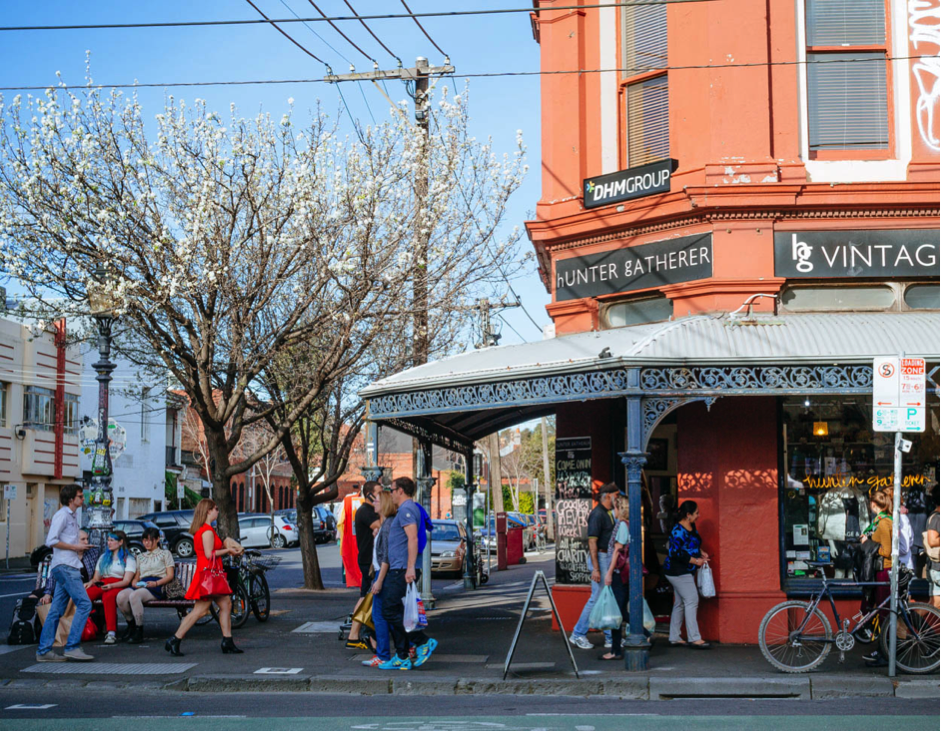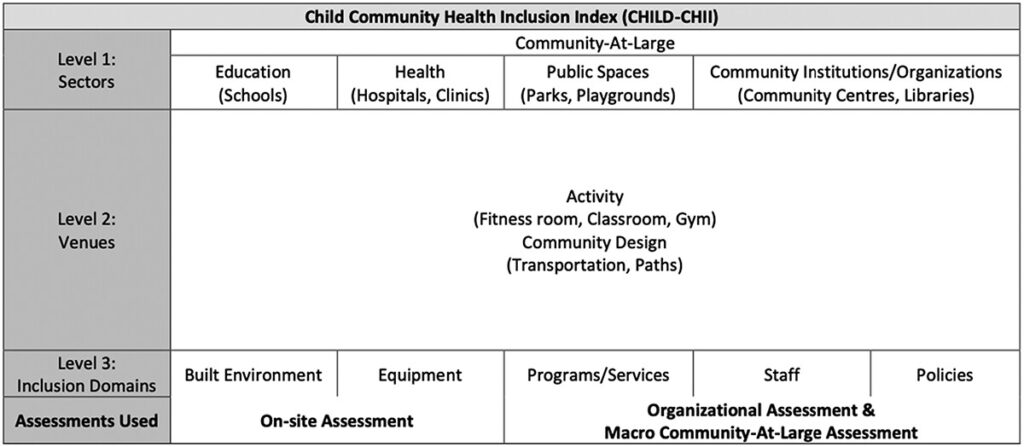City Know-hows

Target audience
Urban planners, city governments, social housing providers
The problem
Access to affordable housing supports peoples’ health and wellbeing, yet, not all houses are affordable nor are they located in amenity rich liveable neighbourhoods.
Typically, more established neighbourhoods are amenity-rich and more liveable whilst amenity-poor neighbourhoods are more affordable but located in outer-suburban locations, placing people far from the places and destinations they need.
By incorporating disadvantage, our research explored an overlooked aspect of the relationship between housing affordability, walkability and the built environment.
What we did and why
We studied whether relationships between walkability and house prices (i.e., price premiums or discounts) differed by neighbourhood-level disadvantage. We did this by using hedonic pricing models stratified by five levels of disadvantage using data from metropolitan Melbourne, Australia and explanatory built environment variables including walkability and its components (street connectivity, dwelling density and destination access), and public transit access. Hedonic pricing models are useful for measuring the value of environmental features when no other estimates exist.
Our study’s contribution
We found that:
Our findings suggest that houses in disadvantaged neighbourhoods were more affordable because they lacked amenity in terms of walkability, destination access and transit.
Impacts for city policy and practice
Future planning could redress inequities in walkability and housing affordability by retrofitting existing neighbourhoods and making new neighbourhoods more walkable from the outset. Increasing densities in outer suburban areas could make destination and transit provision and access more viable. However, in established amenity rich neighbourhoods with good access to destinations and transit, inclusionary zoning policies could reduce inequities by ensuring these neighbourhoods have social and affordable housing.
Further information
Full research article:
Exploring inequities in housing affordability through an analysis of walkability and house prices by neighbourhood socioeconomic disadvantage by Lucy D. Gunn, Tayebeh Saghapour, Billie Giles-Corti & Gavin Turrell.
Related posts

When designing and managing public space, decision-makers and designers should:
• involve citizens in the process,
• consider all of the factors that contribute to citizen happiness,
• use evidence-based approaches to inform their decisions,
• monitor and evaluate the impact of public spaces on citizen happiness

We must take a careful look into the structures, policies, and programs that may be barriers to inclusion of children with disabilities in the community. Assess to intervene and create cities that are inclusive of and healthy for all!

Higher quality communal areas (including amenities/features such as greenery, pools, barbecues, seating and a ground floor location) were associated with greater use of communal areas in apartment developments.